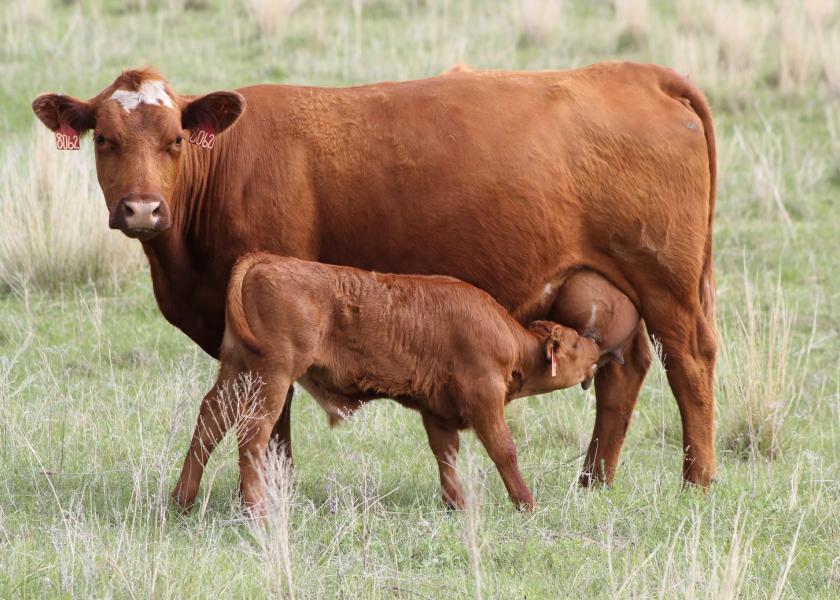Fall Calving in Hot Weather

After a mild summer, the Oklahoma heat has arrived just as fall calving herds will begin seeing calves hit the ground. With this in mind, this week we focus on the challenges faced in fall calving herds in hot weather. The primary challenge is the impact high temperatures have on newborn and young calves.
While fall calving is often easier than calving in the winter and early spring, when temperatures are high it can create unhealthy conditions for calves. The thermoneutral zone for a young calf is between 50 – 77 degrees Fahrenheit. Likewise, cows calving in hot weather are more likely to become overheated and exhausted sooner in the process than a cow calving in cooler temperatures. This can lead to prolonged calving and more stress on both cow and calf. When fall calving is taking place during high temperatures, beware of the following:
- Heat stress is actually harder on young calves than cold stress. When calves are heat stressed they lose appetite, eat less and are quicker to become dehydrated.
- New born calves have an immature “thermostat” and accordingly have more problems regulating body temperature during weather extremes.
- Shade and fresh water is critical. In addition to milk, calves need more fresh, cool water in hot weather to prevent dehydration, keep their rumen functioning correctly and maintaining health and appetite.
- Effects of heat stress on the dam can also negatively impact calves by reducing the transfer of passive immunity and subsequent weaning weights.
- Black hided calves are more susceptible to heat stress than calves of lighter shades.
Critical “Best Practices” for fall calving herds include providing ample shade for calving cows and the young calves. Shade and plenty of fresh water is vital. If calves don’t have access to streams or ponds and are therefore dependent on water tanks, make sure the tank sits low enough and water levels inside are high enough for baby calves to have access.
References:
Angus Beef Bulletin Extra. Volume 14: Number 8.







